
FIND YOUR ISHIKAWA
Culinary Treasures and Gourmet Traditions—Experience Ishikawa from the Table
Embark on a culinary journey across Ishikawa that leads from fertile fields and rich fishing grounds to the tables of centuries-old ryotei and the counters of stylish bistros.
The food culture of Ishikawa is one of Japan’s richest, with culinary traditions that have evolved over many centuries. To dine in Ishikawa is to experience the region’s history, from the legacy of its samurai rulers to Ishikawa’s development as a center of maritime trade as well as fine crafts.
A treasure trove of cuisines
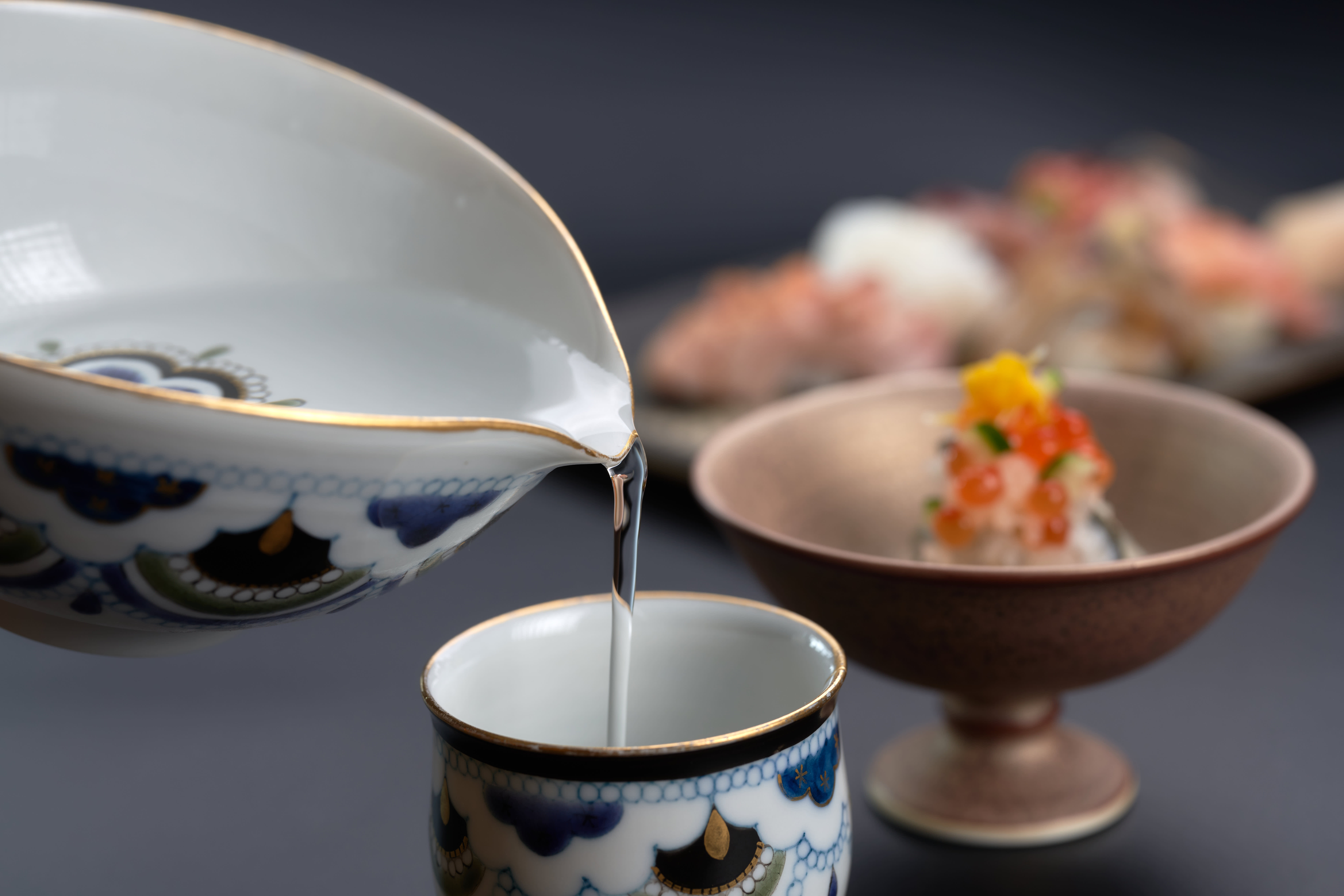

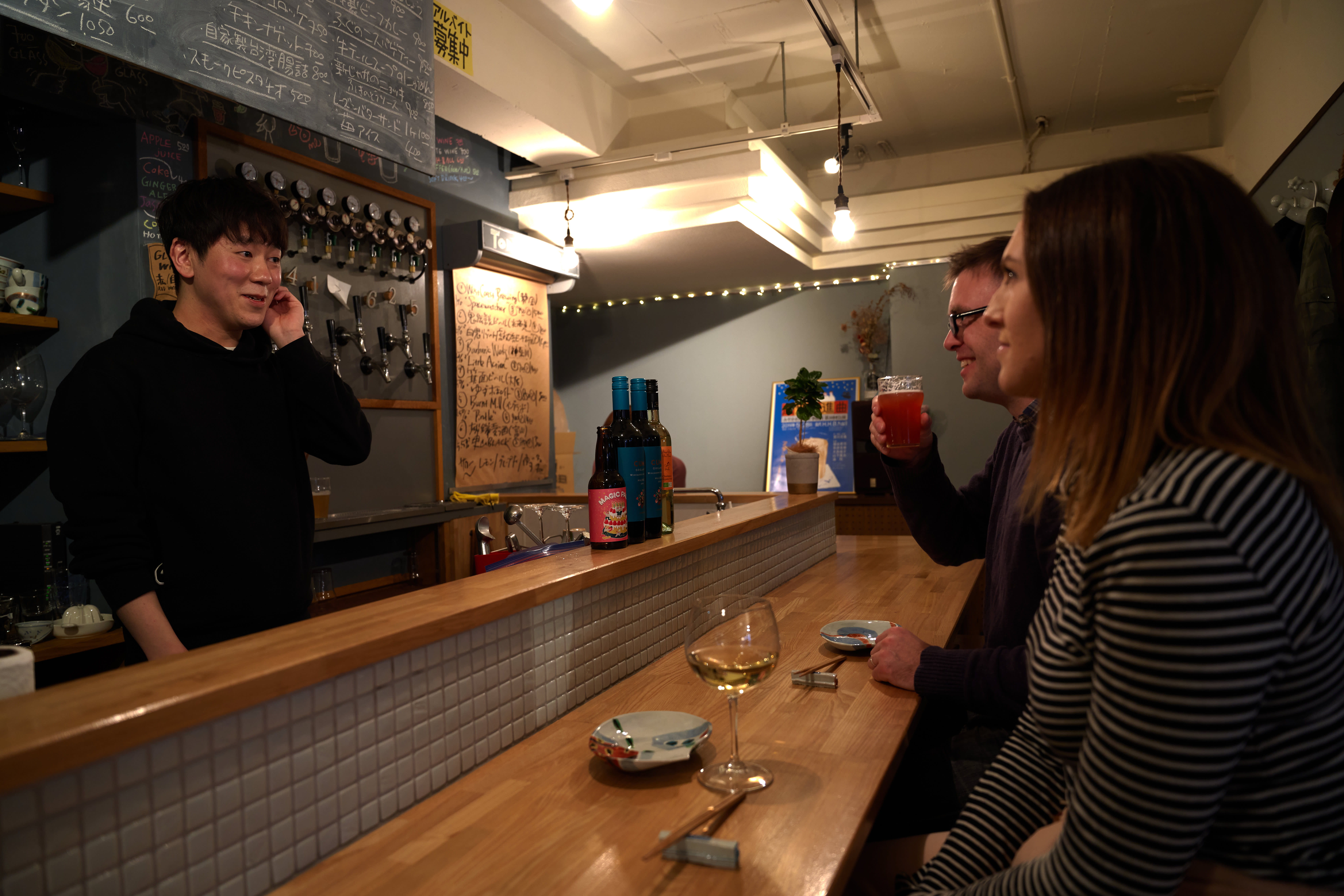
The region’s geography, and its climate with very distinct seasons and heavy rains and snows, support a rich variety of cuisines. Each showcases Ishikawa’s cornucopia of produce and celebrates the four seasons.
Taste your way through the region, enjoying top-quality produce, exciting new flavors, and innovative culinary techniques. Choose from family-run sushi restaurants with techniques honed through generations, boutique bistros pairing locally brewed sake with fusion cuisine, traditional ryotei serving an elegant banquet of small dishes on handcrafted tableware, and more. Wherever you dine, authenticity and a passion for quality is a part of every meal.
A passion for the best ingredients
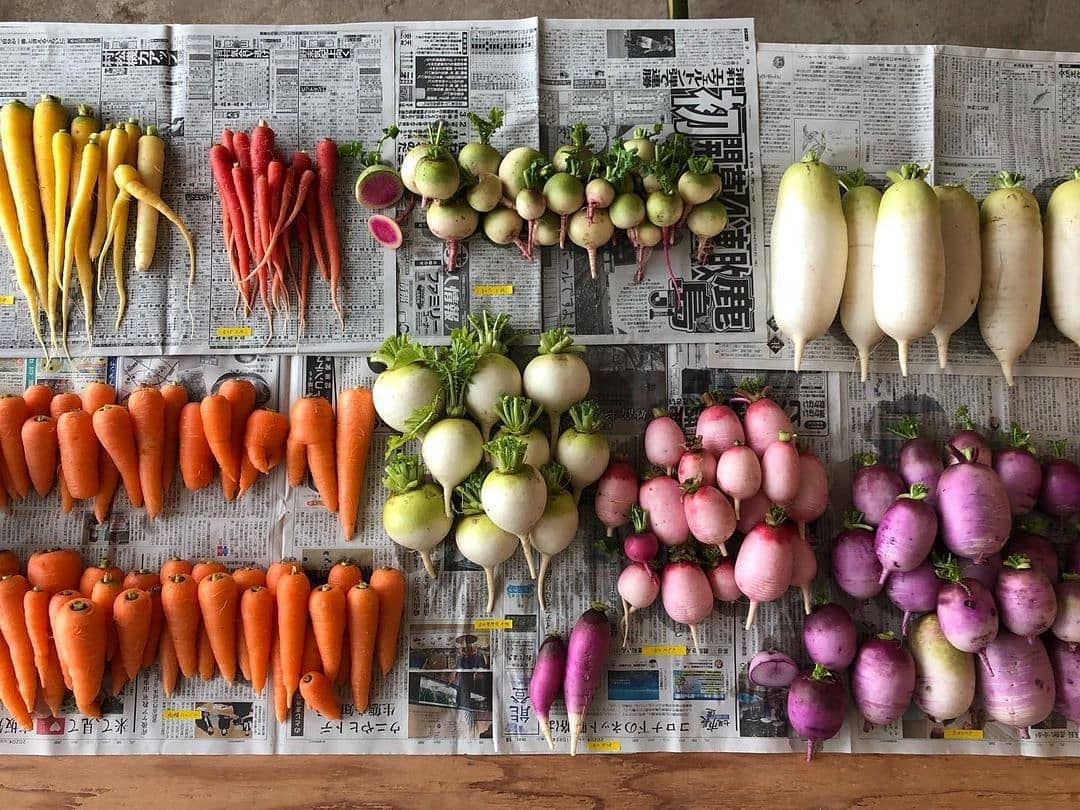
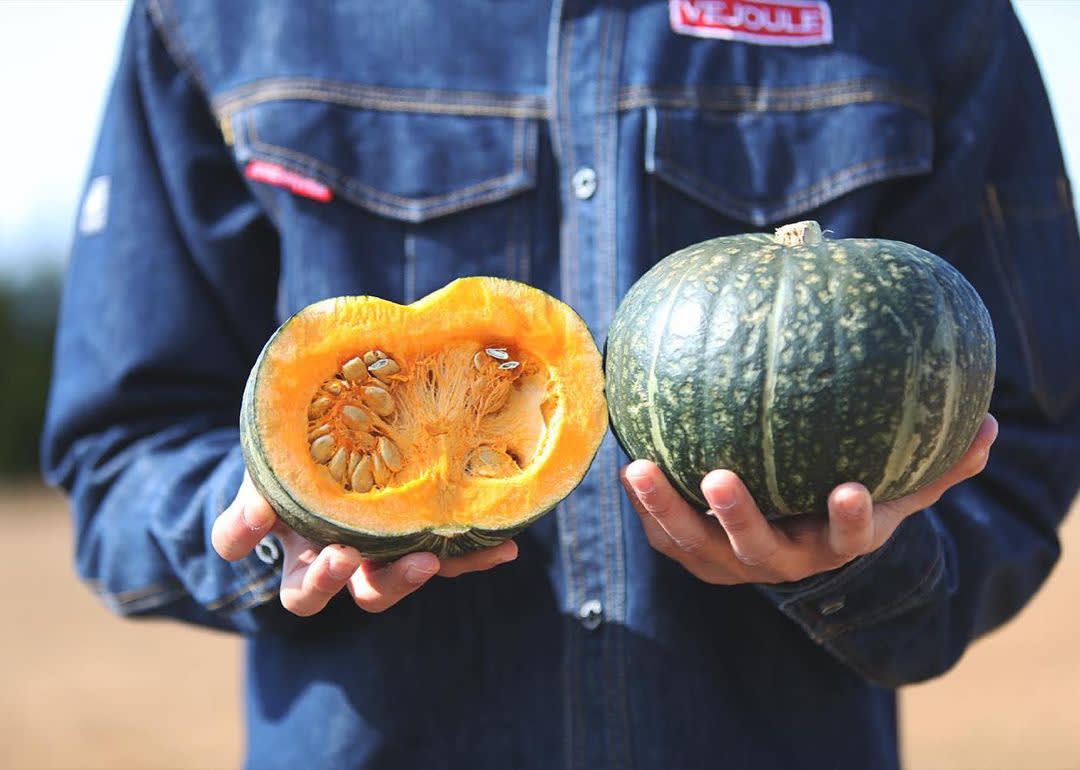

For centuries, Ishikawa was ruled by the Maeda family, whose wealth and power during the Edo period (1603–1867) was second only to the Tokugawas, the rulers of Japan. At the time, the magnitude of a fiefdom was evaluated by its rice output, and the Kaga domain (as Ishikawa was known) had one of the highest.
Rice continues to be grown throughout Ishikawa, particularly on the Noto Peninsula and on the Kaga Plain which is fed by snowmelt from nearby mountains. Breweries in the region use the local rice to create award-winning sake varieties, which pair perfectly with fresh sushi and Italian- and French-Japanese fusion cuisines.
Local farms are particularly proud of their efforts to cultivate heirloom vegetables. During the Edo period, the prosperous Kaga domain collected seeds and seedlings of different plants from around the country and created new, improved strains through repeated selective breeding. Many have been cultivated for centuries, and remain available at restaurants in Ishikawa today.
Many local menus feature fresh and sometimes preserved seafood as well as a variety of different seaweeds. Female divers known as “ama” operate on the Noto Peninsula, diving without oxygen to harvest seaweed, catch fish, and gather shellfish. The local fishing industry preserves methods such as these, placing an emphasis on tradition and sustainable fishing methods. Ishikawa’s passion for the best ingredients is conveyed through the size and popularity of its markets. Farmers call to passersby from stalls colorfully arranged with their finest fruit and vegetables, and fishmongers chat with customers sharing tips on how to accentuate the fresh flavors of their catch. Some of the largest and livliest markets are Omicho Market in central Kanazawa and the Wajima Morning Market on the Noto Peninsula. Strolling one of the local markets is a great way to whet your appetite.
A flourishing culture and a new style of dining

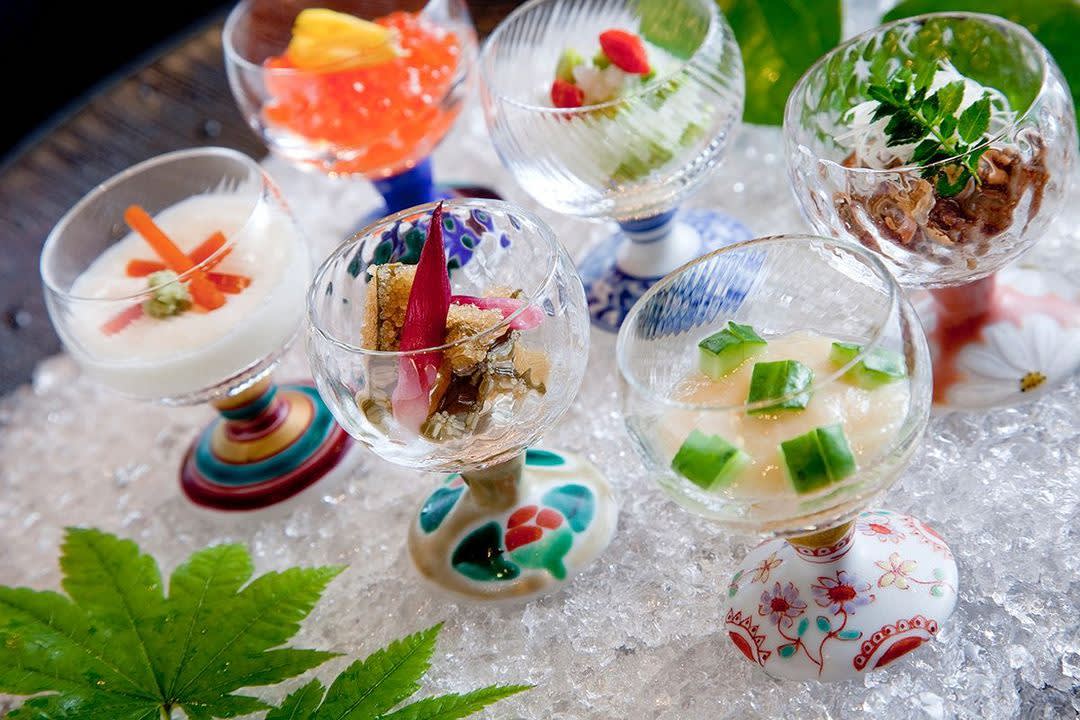
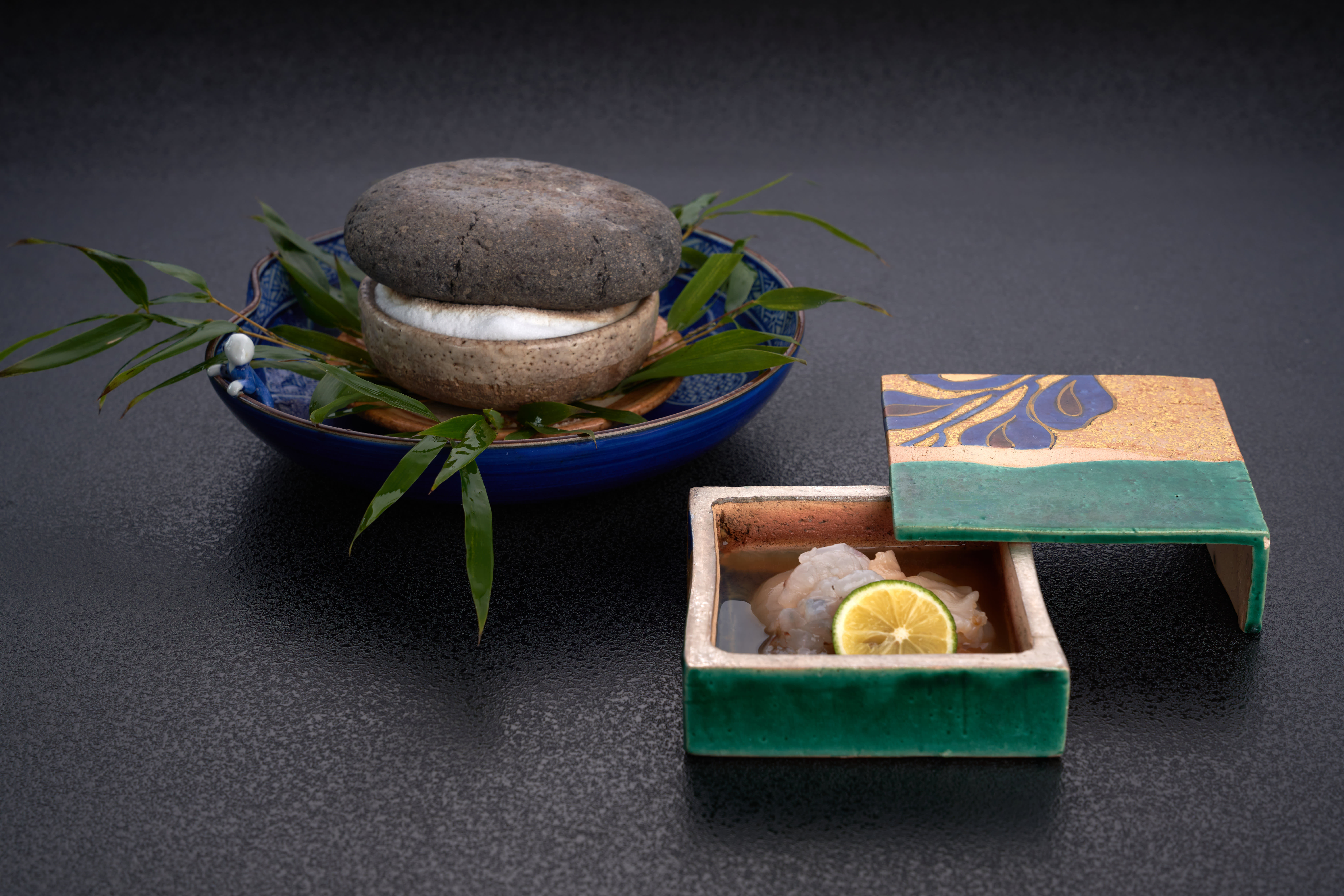
The Maeda lords of the Kaga domain used their wealth to support fine crafts, art, and art forms such as tea ceremony. Through tea ceremony, a deep culture of hospitality driven by fine attention to context and detail developed in the domain, and a growing emphasis was placed on the art of cuisine. The domain, already a hub for trading vessels sailing between east and west Japan, had access to ingredients from all around the country. These combined with the wealth of local ingredients made for boundless opportunities and innovations.
The Maedas granted the area’s best chefs access to top ingredients and encouraged them to hone their skills. They also invited top chefs from around the nation to the domain. What developed was Kaga-ryori, a stylish and opulent cuisine, reflecting a rich sense of the seasons through the finest ingredients. Visitors to Ishikawa can sample this luxurious cuisine throughout the region, typically at ryotei— exclusive, traditional-style restaurants.
Dining experiences that stimulate the senses

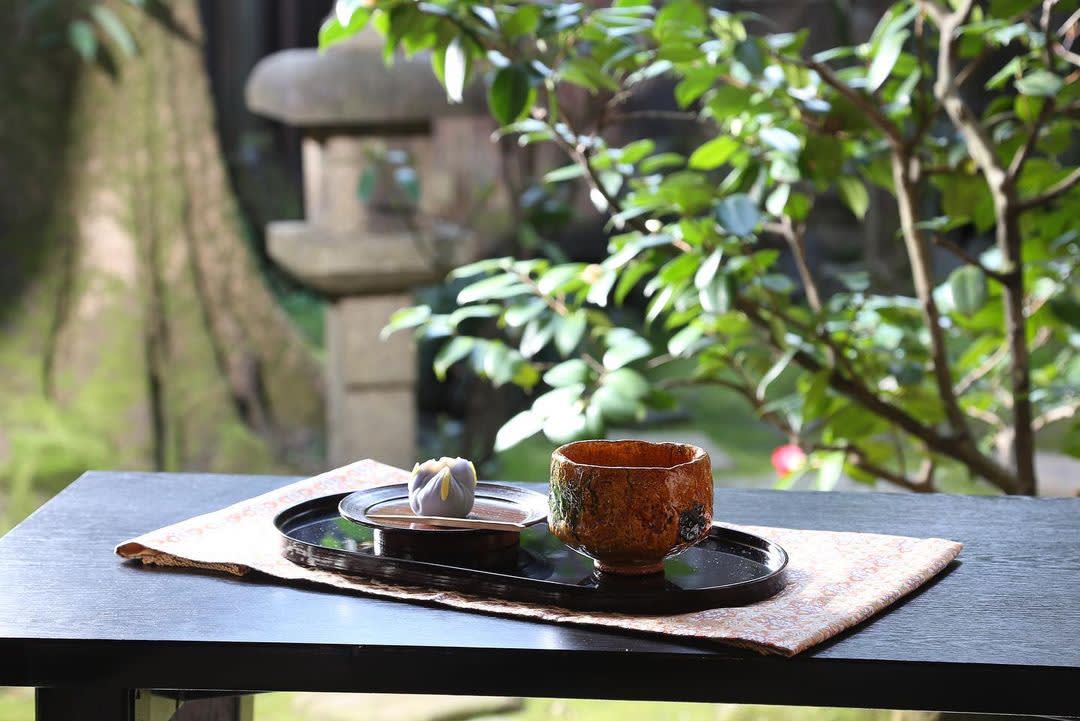
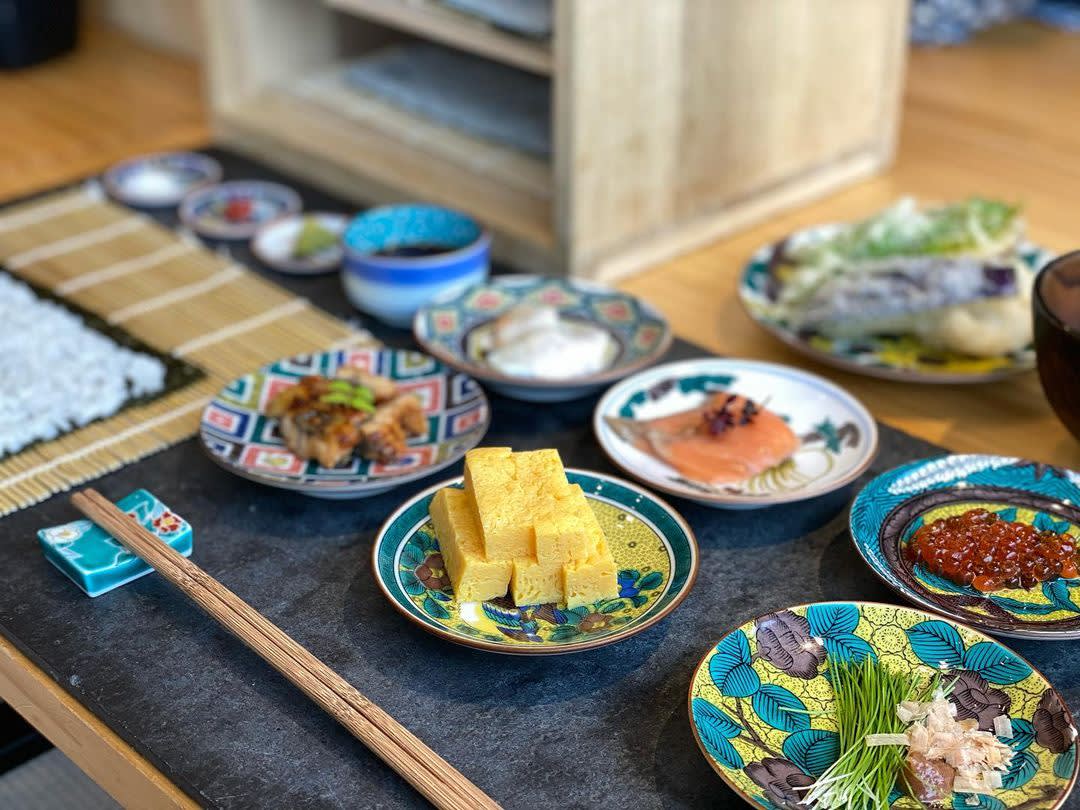
Through the influence of tea ceremony, dining became a ritual for the five senses. This tradition continues in Ishikawa. Meals are as much a feast for the eyes as the stomach, often served on locally crafted tableware. From decorative ceramics and refined lacquerware to playful glassware, each dish and plate is carefully chosen to enhance the visual appeal of the ingredients and capture the nuance of the season.
Ishikawa’s varied seasons are expressed through the tableware, the table placements, and even decorations such as flowers and artworks. Subtle variations are sometimes made to express each of Japan’s full range of 72 micro-seasons. Menus are often seasonal too, with each dish designed to showcase the best in-season local produce.
Ingredients are carefully selected as much for their texture or fragrance as for taste. Lifting a glossy lacquered lid may reveal the refreshing citrusy aroma of yuzu in summer, or the earthy tones of matsutake mushrooms in autumn. Presentation is equally important, evident by the meticulous placement of each item on your plate, or the combination of colors created by the selected ingredients.
The dining experience is truly sensory. Enjoyment stretches beyond the table to include views of traditional Japanese gardens or the exposed beams of a renovated townhouse. You may hear raindrops pitter-pattering on stepping stones leading through a garden, cicadas chirping on hot, humid summer days, or the relaxing sounds of the shamisen, as you enjoy your meal at leisure.
Experience a culinary journey through Ishikawa with all of your senses.




